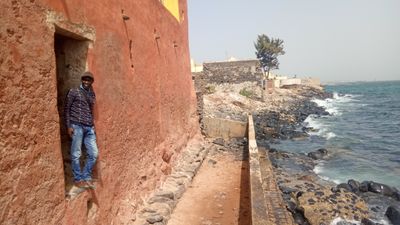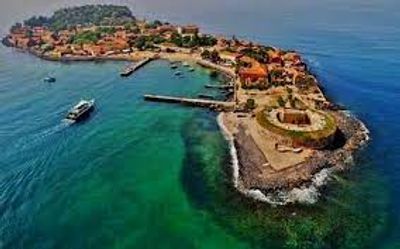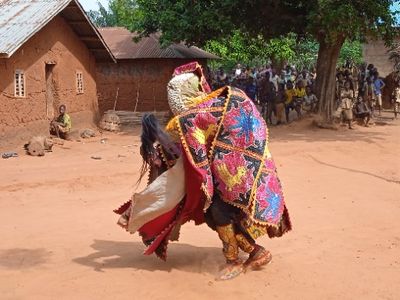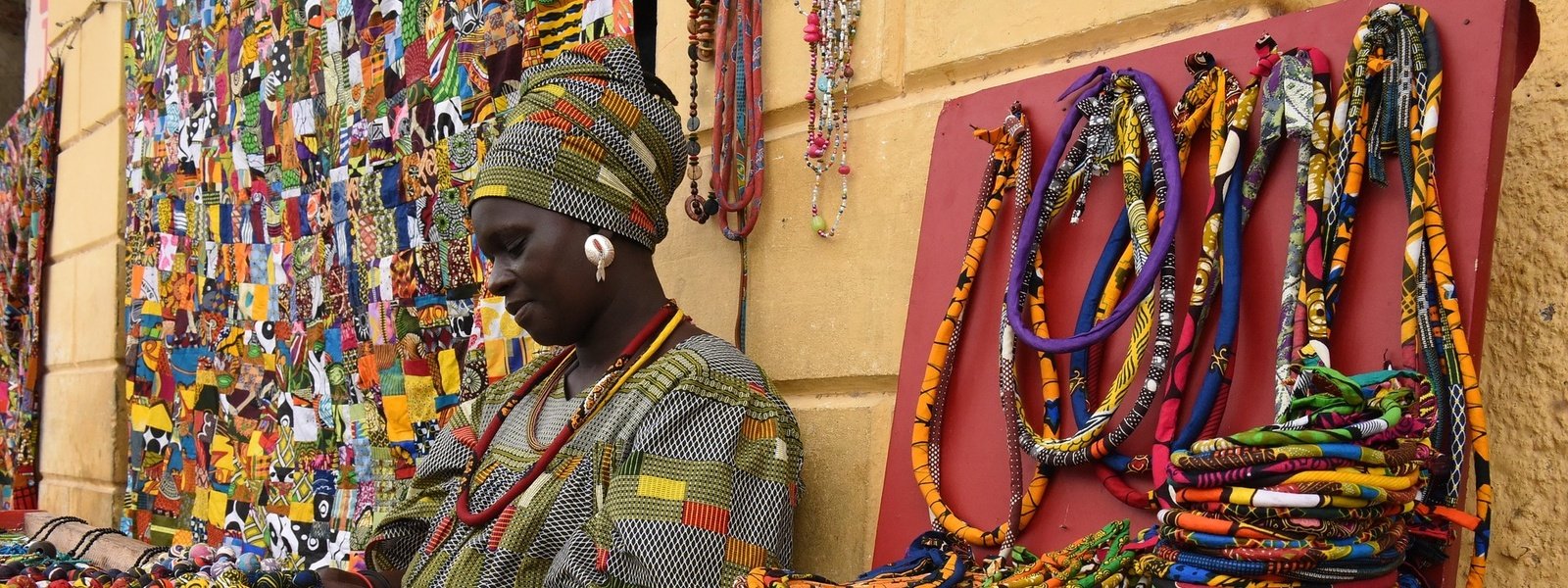
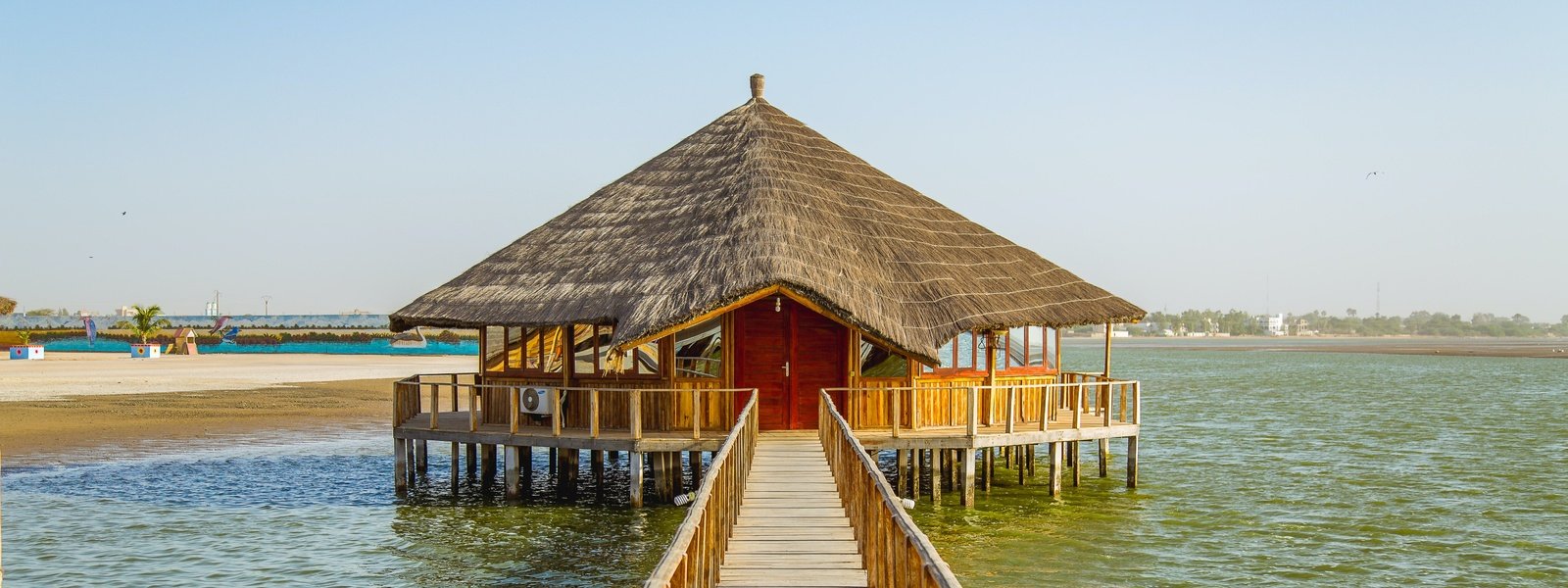
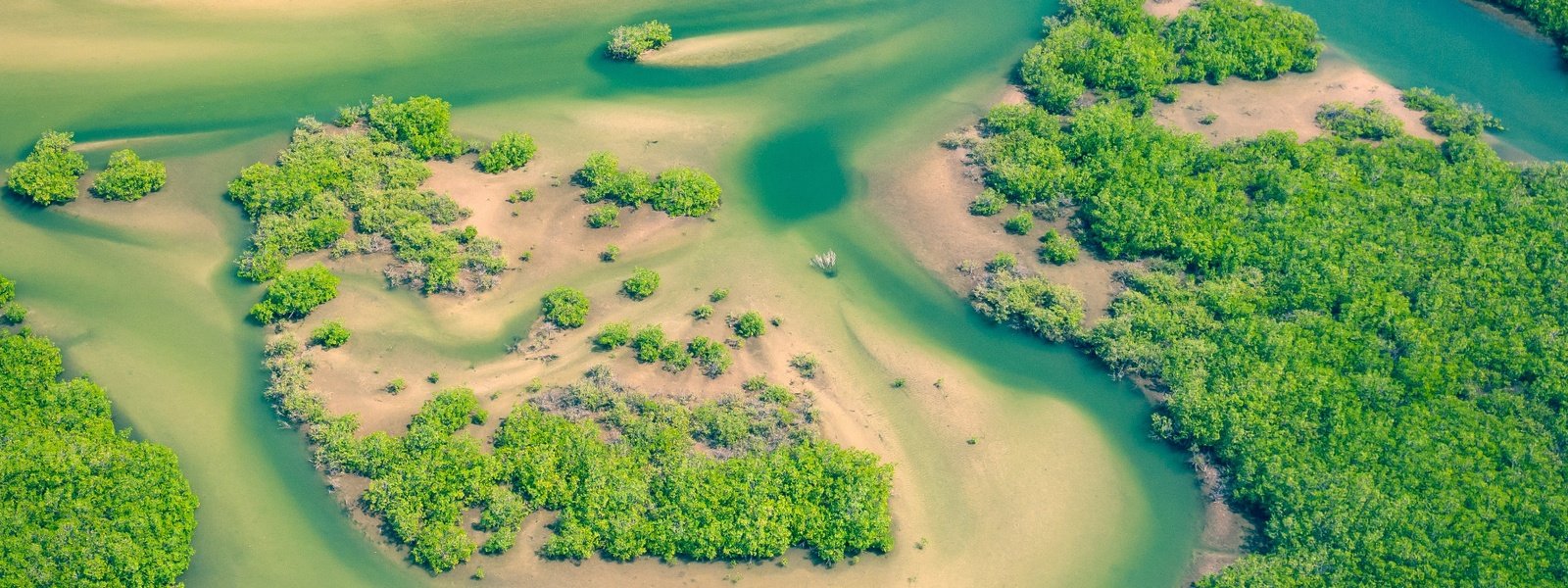
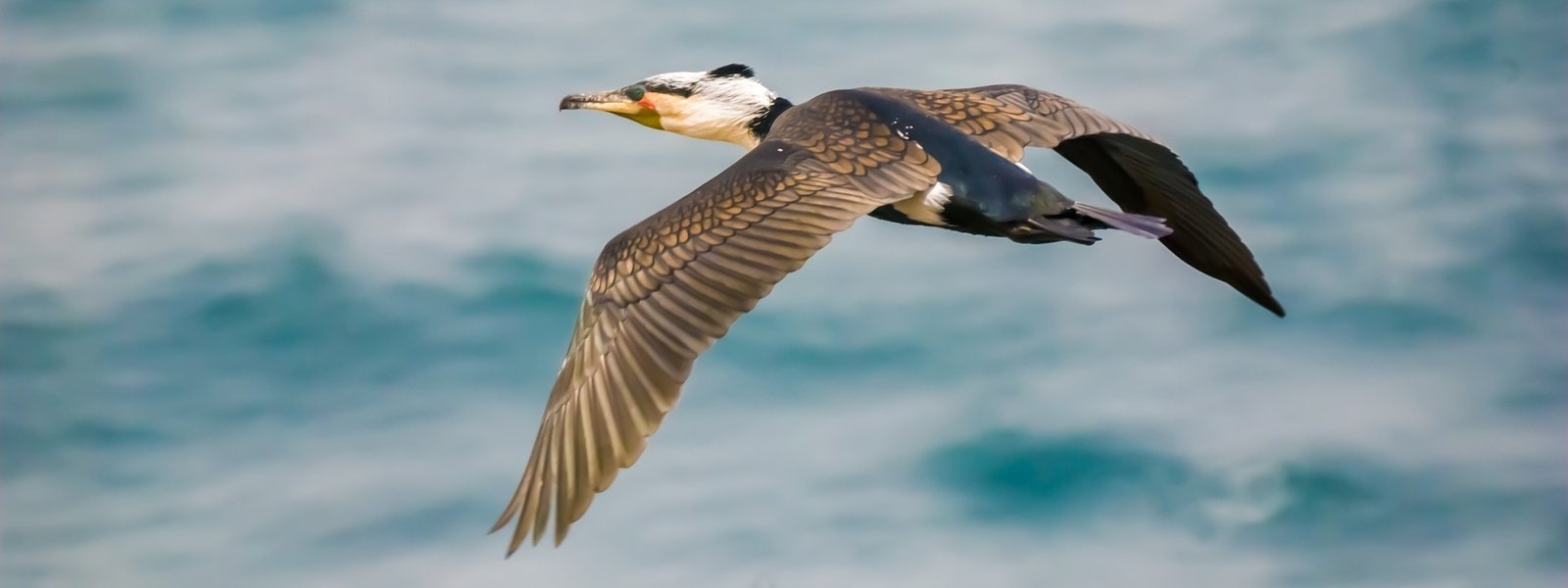
Senegal
Highlights of Senegal
Street life in Ile de Gorée, Photograph: Catherina Avak/Unsplash/
Senegal is often referred as the "Land of Teranga", teranga a wolof word meaning hospitality and much more than that, representing a way of life characterized by warm and generosity. It's capital has a lot to offer, learn more what to see and do in Dakar and the surroundings.
Sunset in Senegal, Photograph: Jean-Karim Dangou /Unsplash/
Dakar
Bustling capital of Senegal, the first entry point for the country and a cultural crossroad. Dakar has something to offer to everyone! Visit colorful markets like Sandaga, Kermel or HLM to experience daily life of the locals. Eat grilled fish, chill at beach food shacks and try surfing at one of the many beaches of the city, like Plage de Yoff BCEAO, Plage des Mamelles, Plage du Virage, Ile de Ngor. Learn more about the culture at art galleries, and dance until the morning in one of the clubs.
View over Ile de Gorée from Dakar, Photograph: D AD/Unsplash/
Ile de Gorée
A a charming, calm small car-free island accessible from Dakar by a ferry that is famous for its pastel-colored houses, however one should not forget about the dark past of the island while visiting the House of Slaves. This UNESCO World Heritage was the largest slave trading centre on the African coast from the 15th to 19th.
House of Slaves, Photograph: Carles Martinez /Unsplash/
Lake Rebta
Lake Rebta, or Lac Rose how the locals call it lies less than an hour away from the Dakar easily accessible by public transportation as well. The lake is famous for its unusual pink colour caused by Dunaliella salina bacteria that is attracted by the lake's salt content. The lake's salt content can be compared to the Dead Seas', during dry season it can exceed it as well. The bright pink colour hence is better visible during the dry season lasting from November to June than during the rainy season.
Salt miner at Lac Rose, Photograph: Demba JooB /Unsplash/
Lompoul Desert
Lompoul is a small desert situated between Dakar and Saint Louis, characterized by orange sand dunes. It is a truly magical place and a perfect gateway from Dakar offering a unique experience, different than the surrounding areas of Senegal.
Edge of the Lompoul desert: Imani Bahati /Unsplash/
Saint Louis
Saint Louis is located in the Northwest part of Senegal a few hours away from Dakar (or 5-hours by public transport) so the city is worth a visit for a few nights. The city is located on the bank of the Senegal River and has a rich history, being a French colonial settlement then serving as the capital of Senegal from 1872 to 1957. Today the city has a very distinct charm and identity with its colorful buildings, so the best thing one can do is just stroll around town to absorb the local life.
Saint Louis, Photograph: E. Diop /Unsplash/
Bandia Reserve
Bandia is only a small reserve of 3.500 hectars, however can still offer an unforgettable experience for wildlife-lovers. The park has huge baobabs, thorny bushes, whimsical lianas and is home to animals like rhinoceros, zebra, giraffe, buffalo, giant eland, Cape eland, Oryx, roan antelope, waterbuck, western Buffon’s cob and greater kudu.
Giraffe at Bandia Reserve, Photograph: aliunix /Unsplash/
Beaches at Petite Côte
Some of the sandy beaches of the Petite Côte can be easily accessible during a day trip from Dakar. Visit the artisty Toubab Dialo, the nature reserve at Popenguine, the lagune de Somone, or the beach resort towns of Saly and Mbour.
Colorful fishing boat on a beach in Senegal, Photograph: Cheikh Tidiane Ndiaye /Unsplash/



